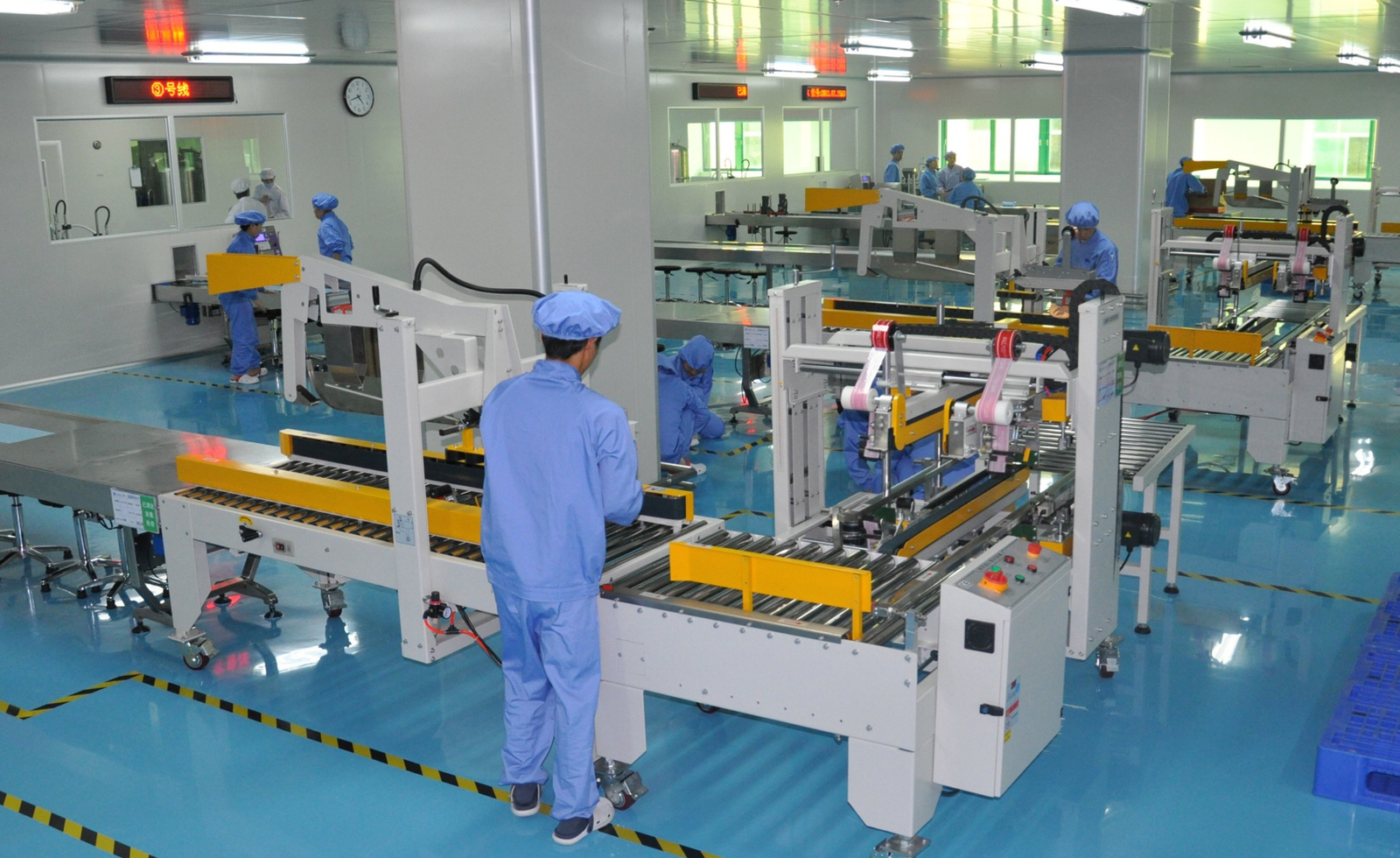How to implement packaging automation at the end of the assembly line
Backend packaging automation succeeds in six steps: first map and slim the flow, then pick robots, VFFS baggers, auto case packers, adaptive sealers and palletizers that share data over OPC-UA; orchestrate them with a packaging execution scheduler and vision reinspection; finally monitor micro-stops, tape use and OEE monthly. Typical lines cut labor by two-thirds and lift OEE 20 % within six months.

Backend Packaging Automation for Assembly Lines – A 6-Step Playbook
- Streamline the flow first, automate second
- Map the complete backend with Value-Flow-Loop (VFL): “finished-goods unloading → buffer → bag/box → case packing → sealing → labeling → palletizing → stretch-wrap → warehouse”.
- Eliminate any re-work or floor buffering; turn the line into a one-piece flow.
- Use takt time ≤ 85 % of the maximum downstream capacity as the non-negotiable spec for every machine that follows.
Common pitfall: buying robots before mapping the flow; robots end up waiting for operators and no real gain is seen.
- Pick the right equipment for each critical station
- Pick & place: 4-/6-axis robot (10 kg payload) + custom gripper replaces manual bag/box handling.
- Bagging: VFFS (60-80 ppm) or premade-bag machine (30-50 ppm) with servo film pull; change-over < 10 min.
- Case packing: side-load robot cell, 2-4 pcs per pick, vision proofing; case erector feeds 12-15 cpm.
- Sealing: auto-adjust case sealer (width & height) and servo print-apply labeler (±1 mm accuracy).
- Palletizing: 4-axis robot + servo gripper, 2-4 cases per pick, 600-800 cph; inline pallet magazine supplies stacks automatically.
- Data interface: every node ships speed, fault and consumable data over EtherNet/IP or OPC-UA so MES/SCADA can calculate OEE later.
Pitfall: looking only at nominal speed; ignoring change-over time and MTTR causes 1 h downtime every product switch.
- Software & orchestration – turn “islands” into a line
- Deploy a Packaging-Execution-Scheduler: build an “operation-resource” map, then dispatch tasks based on real-time bottleneck load; adds 8-12 % throughput.
- Let MES push “work-order → case code → pallet code” linkage; one-click recipe download lets the robot switch grip path and the labeler switch template in 5 min instead of 30.
- Add vision re-inspection (OCR + barcode grade) at key points; rejects are automatically re-coded so downstream scan failures never stop the line.
- Data-driven monitoring & continuous improvement
- Insert “micro-stop” counters in the PLC; any halt > 3 s logs reason code. Run weekly Pareto on top-3 causes and eliminate them.
- Track “tape length per case”; sudden jump flags worn rollers or low air pressure before a jam occurs.
- Run OEE monthly; any station < 75 % must issue an 8D report. When a station stays > 85 % for three months, raise takt by another 5 %.
- Quick reference cases
- Bakery backend: case erect – robot load – label – palletize, 60 buns/min, fully unmanned.
- Appliance backend: auto case erect, 4-axis robot pack, adaptive sealer, auto palletize; saves 14 operators per shift.
- Wine pouch: 12 pouches/min grouped by robot into cases, auto palletized with case-to-pallet QR linkage for full traceability.
- Typical traps & fixes
- Case tolerance too loose → robot mispick: lock carton supplier to ±2 mm and add vision offset.
- Static cling → bag open failure: mount ionizing bar in front of bagger; keep RH 45-65 %.
- No technician on night shift → add remote VPN module to PLC; OEM can log in and fix parameters within 15 min.
Follow the six steps and, within 3-6 months, you will usually cut backend packaging labor to one-third and lift overall OEE by > 20 %—while creating the data and takt foundation for future smart-warehouse and automatic truck-loading upgrades.
